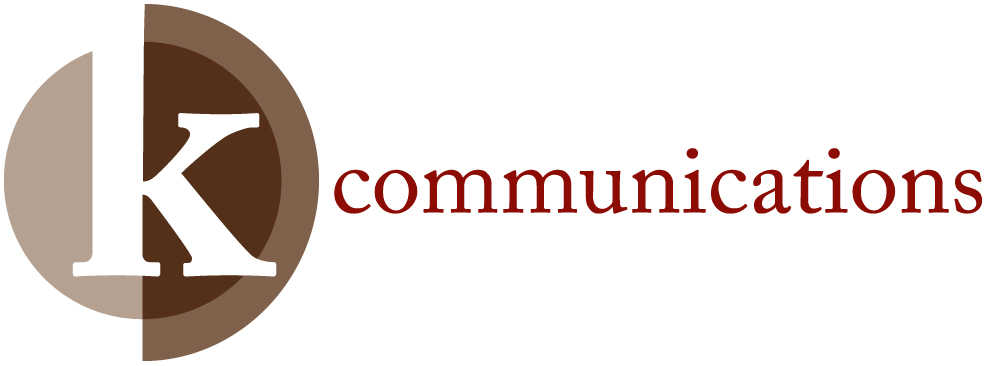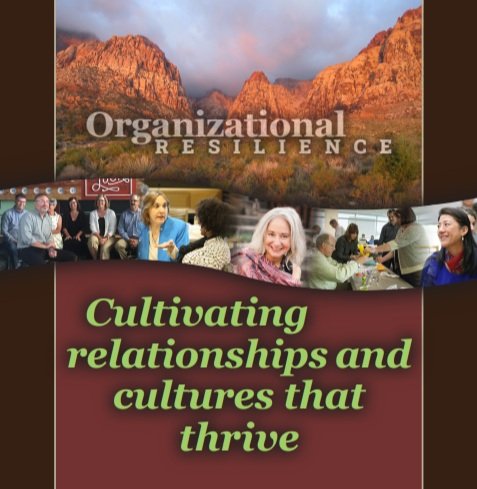Preserving Your Culture During Periods of Transition and Growth
/A thriving culture attracts and retains great employees, collaborators, and clients. Growth, even when welcomed and necessary, can feel like a threat to that which we cherish.
We know change is a constant, and sometimes it comes hard and fast.
We know change is a constant, and yet, we may find ourselves and our teams resistant to it.
Why? Change can spike feelings of uncertainty, triggering a desire to stubbornly preserve what is and to exert control where we can. It can feel more secure to stay with what is known, than to venture into unchartered territory.
Many leaders have expressed to me the legitimate concern that change and growth will upend their beloved culture. They fear becoming, “too corporate”, and losing the essence of who they are; and of losing their capacity to be nimble and fluid. They are right not to take their culture for granted or leave it to chance.
I have witnessed clients come up against the culture challenge during times of change. Intellectually they understand they cannot manage a firm of 80-100 people, the same way they had managed a team of 10-20. Yet, organizations, as a collection of people, have established patterns in how they do what they do. These norms may be formalized into standard operating procedures, or more likely, a loosely organized understanding of how stuff gets done.
It is not uncommon for organizations to continue practices that are well past their effective shelf life. How we have always done things generally is not a compelling reason on its own to be the way in which we do things moving forward.
Telltale Signs
During times of substantial transition and rapid growth, be on the lookout for these common signs of growing pains:
Increased communication breakdowns. You may find it more challenging to keep people informed, aligned, and engaged, with conflict on the rise.
Lack of clarity of who does what. Blurred roles and responsibilities can create frustrations and inefficiencies.
Unclear strategy or direction and competing priorities. To make the most of your resources, you need to articulate a clear plan that gives your team focus and empowerment.
Decline in quality. Without proper workflows or explicit expectations at all levels, quality can slip.
Stalled initiatives may indicate a failure to achieve buy-in and/or too many at once, often resulting in a dive in employee engagement.
Less collaboration and more, “just tell me what to do”.
Slow decision-making. While being deliberate and inclusive in making important decisions is smart, being overly democratic and indecisive reflects poorly on leadership.
Compromised brand integrity. Your brand is an external representation of the internal company workings. An integrity gap is the distance between what you say about your organization and how you actually operate. When there is a disconnect, you run the risk of deteriorating trust – internally and externally.
Beware the rose-colored glasses of nostalgia. “We’ve always done it this way”; “when I became a leader, we just did whatever it took”. We humans tend to soften past struggles and slip into a simpler story of the past than we originally experienced it. And conditions now are likely different than they were then. Resistance to change by the “old guard” can result in less creativity and contribution by younger or newer staff.
Adaptability in Action.
Recently a client identified critical issues undermining their capacity to deliver. They underwent a swift departmental restructuring. The resulting reorganization was instrumental in retention of key employees, as well as providing growth opportunities for top talent. This change better reflected and supported the ground truth reality of what was needed to continue delivering optimal service to their clients. They were able to execute this decision quickly and with minimal disruption in part because they embrace a growth mindset. If it’s not working, their culture is equipped to adapt.
Values and Beliefs as GPS Coordinates.
I have a client that has well-established and fully integrated values and beliefs that shape its cultural norms. Managers use them in making decisions and in giving feedback; at meetings you’ll hear their values guiding discussions; and they are embedded in performance reviews. They reflect a commitment to excellence, communications, balanced lives, a safe work environment, accountability, and even fun and laughter. This shared code of conduct helps team members navigate the inevitable challenges and frustrations that arise – internally and externally. And this is a firm with thousands of employees across the globe, serving several public and private industries. In other words, they are a large, complex organization that has relied on its values and beliefs developed at the origin of the company, to keep fostering a culture that creates a sense of belonging while driving performance.
What can you do to lead your organization through times of transition and growth?
Take Inventory:
1. Examine your organization’s patterns. What still works? What no longer serves you? How do you address difficult issues/conversations? How do you make decisions?
2. Conduct an Integrity Audit. How well are you living the brand you profess? If you proudly tell clients about your collaborative approach, where might you level up your collaboration internally? Recommit to articulating and practicing your stated values.
3. What do you cherish about your culture? What is part of your DNA that you want to preserve?
4. Where can you remove barriers of resistance? How can you enroll others in your vision?
I invite you to shift from being change-resistant to being intentional about creating the change that will best serve your organization. Stability or security is not in tightly holding onto what is, but in trusting in the integrity of how you operate; and in welcoming the creative energy that can come from change.
An intentionally curated culture, based on a solid foundation of values and effective norms, can not only weather the seas of change, but embrace the continual evolution that makes for robust organizational health.



